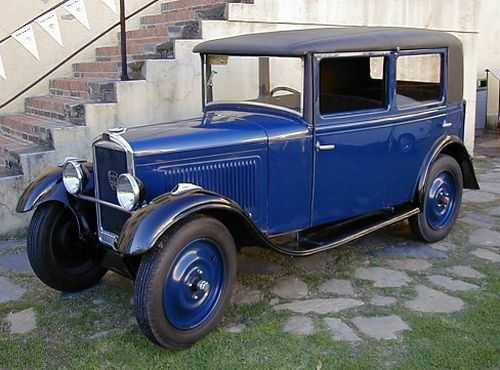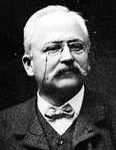Peugeot – The Peugeot family were well established in the 18th century, and were
well known for tools, pepper mills, guns and many other engineering products.
Later they also became a leading manufacturer of bicycles. As early as 1888 they
ventured into the manufacture of motorcars. Initially a three wheeler steam car,
which lead to the Peugeot Type 1 steam car. This was followed by petrol engined
cars Peugeot Type 2, 3 and 4.
In 1896 Peugeot he founded the company Société des Automobile Peugeot and
built a new factory for the manufacture of motorcars. Here he also designed and
built his own engines. His cars were also used for racing and won the first Paris-
Bordeaux-Paris race at an average speed of 21.8 km/h. From 1897 all Peugeot
cars were fitted with Michelin pneumatic tyres, which were quite new and a
novelty at that time.
Car production increased all the time and in 1900 topped 500 cars. Peugeot then
expanded their range of models with the 855cc Bébé Peugeot designed by Ettore
Bugatti and engines right up to 7.6 liters. They continued to win races including a
number of Grand-Prix and in 1913 they also won the Indianapolis 500.
After the First World War Peugeot launched the Quadrilette, a new narrow mini
car, where the two people sat one behind the other. The new 201 Peugeot was
launched in 1929 and was available in eight different versions. In 1935 their
models offered were the 201, 301, 401 and the large 601.
After the Second World War Peugeot started production again with the popular
202, known for the striking side-by-side headlights.





Leave a reply